Note that if D requires the directive Dialect(D) as part of its syntax then this implies that any D-admissible document must have this directive. ?
A spherical-falling away from a keen admissible document within the a great dialect, D, is actually good semantics-retaining mapping to help you a document in virtually any language L accompanied by an excellent semantics-retaining mapping about L-document back once again to a keen admissible D-document. While https://datingranking.net/anastasiadate-review/ semantically equivalent, the original as well as the bullet-set off D-records need not be similar.
cuatro.1 XML to the RIF-FLD Vocabulary
RIF-FLD uses [XML1.0] for its XML sentence structure. The XML serialization to have RIF-FLD is actually alternating or fully striped [ANF01]. A fully striped serialization views XML data as the things and you will splits all of the XML tags into category descriptors, called kind of labels, and you can property descriptors, titled part tags [TRT03]. We proceed with the society of employing capitalized labels to own variety of tags and you will lowercase names to possess character tags.
The all-uppercase classes in the EBNF of the presentation syntax, such as Algorithm, become XML Schema groups in Appendix XML Schema for FLD. They are not visible in instance markup. The other classes as well as non-terminals and symbols (such as Can be obtained or =) become XML elements with optional attributes, as shown below.
To own capacity for resource, the original formulas are included on the top
The RIF serialization framework for the syntax of Section EBNF Grammar for the Presentation Syntax of RIF-FLD uses the following XML tags. While there is a RIF-FLD element tag for the Transfer directive and an attribute for the Dialect directive, there are none for the Feet and Prefix directives: they are handled as discussed in Section Mapping from the RIF-FLD Presentation Syntax to the XML Syntax.
The name regarding a great prefix isn’t of an enthusiastic XML feature, because it is handled thru preprocessing given that chatted about from inside the Part Mapping of one’s Non-annotated RIF-FLD Code.
The id and meta elements, which are expansions of the IRIMETA element, can occur optionally as the initial children of any Class element.
The XML syntax for symbol spaces uses the type attribute associated with the XML element Const. For instance, a literal in the xs:dateTime datatype is represented as
The xml:lang attribute, as defined by 2.12 Language Identification of XML 1.0 or its successor specifications in the W3C recommendation track, is optionally used to identify the language for the presentation of the Const to the user. It is allowed only in association with constants of the type rdf:plainLiteral. A compliant implementation MUST ignore the xml:lang attribute if the type of the Const is not rdf:plainLiteral.
This situation shows a keen XML serialization on algorithms in the Analogy 3. To have finest readability, we again use the shortcut sentence structure defined within the [RIF-DTB].
This section defines a normative mapping, ?fld, from the presentation syntax of Section EBNF Grammar for the Presentation Syntax of RIF-FLD to the XML syntax of RIF-FLD. The mapping is given via tables where each row specifies the mapping of a particular syntactic pattern in the presentation syntax. These patterns appear in the first column of the tables and the bold-italic symbols represent metavariables. The second column represents the corresponding XML patterns, which may contain applications of the mapping ?fld to these metavariables. When an expression ?fld(metavar) occurs in an XML pattern in the right column of a translation table, it should be understood as a recursive application of ?fld to the presentation syntax represented by the metavariable. The XML syntax result of such an application is substituted for the expression ?fld(metavar). A sequence of terms containing metavariables with subscripts is indicated by an ellipsis. A metavariable or a well-formed XML subelement is marked as optional by appending a bold-italic question mark, ?, to its right.
